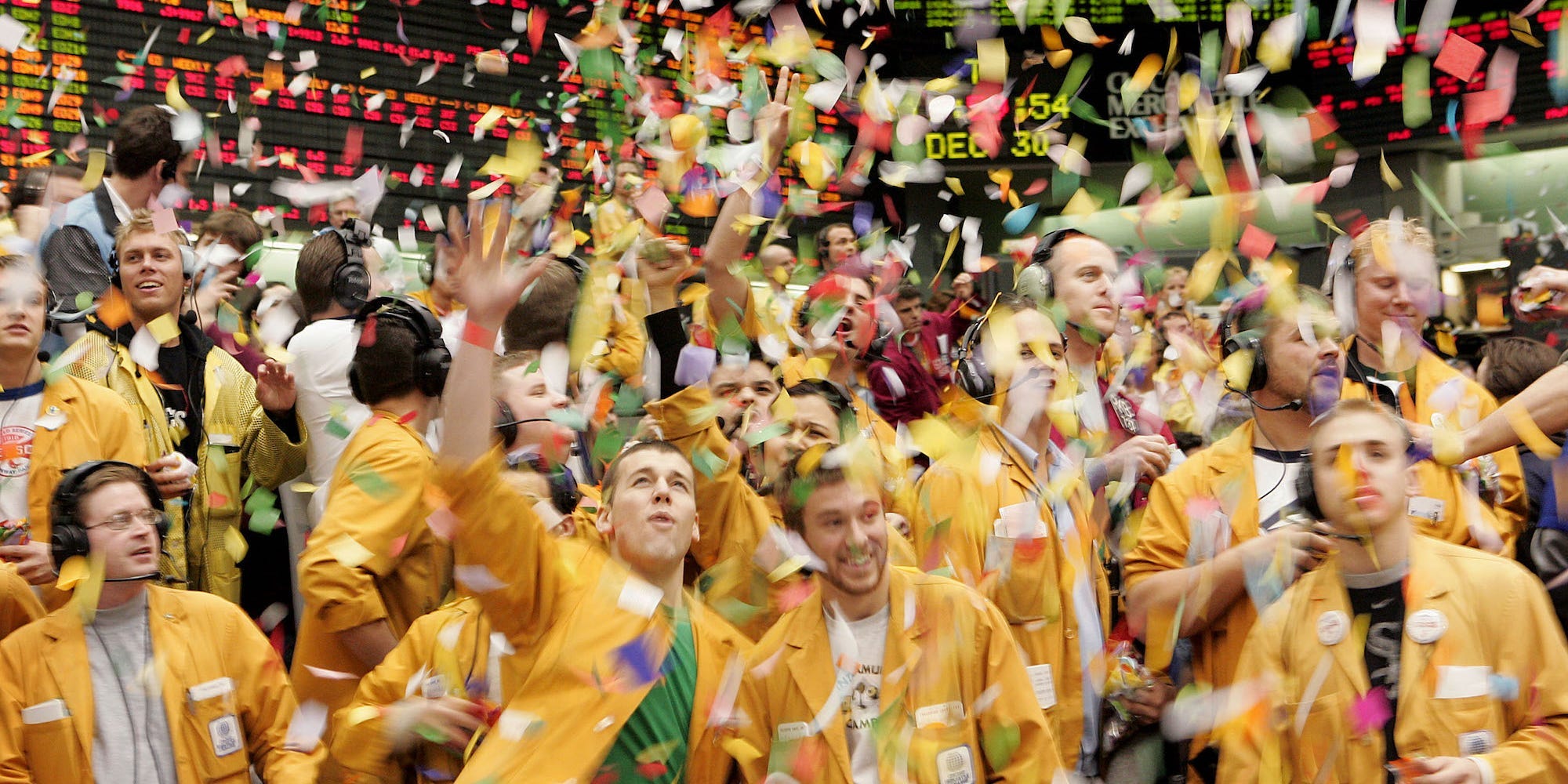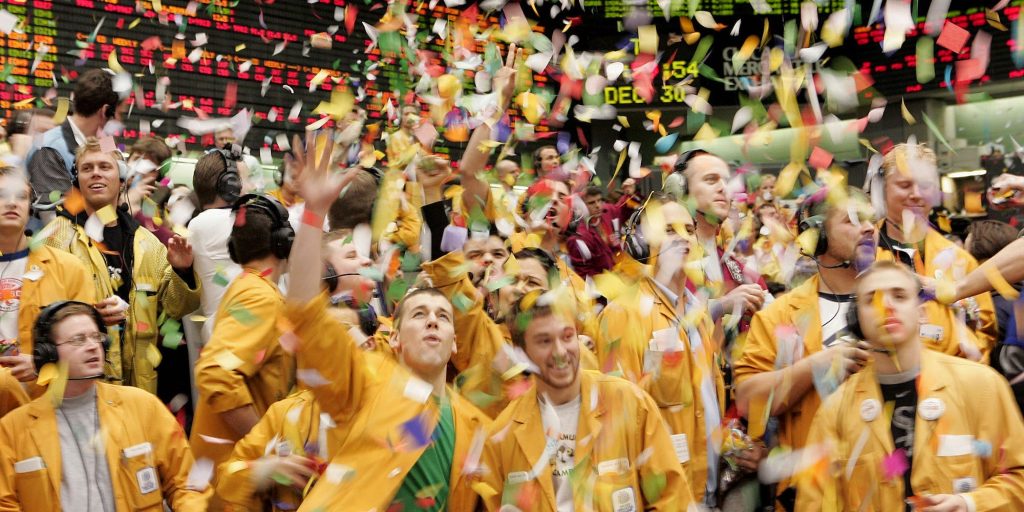
- Created on May 26, 1896, the Dow Jones Industrial Average turned 125 years old today.
- The stock market index was created by Wall Street Journal founder Charles Dow and was created to help serve as a barometer of the US economy.
- Here's what happened to the 12 original companies of the Dow Jones Industrial Average.
- Sign up here for our daily newsletter, 10 Things Before the Opening Bell.
The Dow Jones Industrial Average turned 125 years-old today, as it was launched on May 26, 1896, when it notched its first daily closing price at 40.94.
Created by Charles Dow, co-founder of Dow Jones & Company, Edward Jones, and The Wall Street Journal, the Dow Jones Industrial Average has served as a popular health barometer of the US economy and financial markets to investors for well over a century.
The index has risen on average 7.69% per year since its launch, and has seen 1,464 record closes, according to The Wall Street Journal, citing data from Dow Jones Market Data. It has survived two world wars, the Great Depression, two global pandemics, and countless economic recessions.
But the Dow Jones Industrial Average is only the second oldest stock market index. The oldest title goes to the Dow Jones Railroad Average, which was created in 1884 and is now known as the Dow Jones Transportation Index.
Charles Dow laid the groundwork for technical analysis with the launch of these two indexes, which serve as key components to his Dow Theory studies.
The index has undergone numerous revisions since its creation. The index first started with 12 members, then expanded to 20 members in 1916, and ultimately settled on 30 members in 1928. While no stock has been in the Dow for the entire 125 years, only two original stocks of the Dow Jones Industrial Average are still publicly traded.
The stock with the longest continuous tenure in the index is Procter & Gamble, which was added in 1932. The Dow Jones Industrial Average is currently operated by the S&P Dow Jones Indices, which is a joint venture between S&P Global and CME Group.
Here's what happened to the 12 original companies of the Dow Jones Industrial Average.
1. American Cotton Oil
Fate: Dissolved in 1889. Distant ancestor of BestFoods, which was ultimately acquired by Unilever.
2. American Sugar
Fate: Removed from the index in 1930. Evolved into Amstar Holdings, which changed its name to Domino Foods.
3. American Tobacco
Fate: Removed from the index in 1899, added again in 1924, removed again in 1930, added again in 1932, and removed finally in 1985. American Tobacco was the original Tobacco Trust that was broken up in 1911 in antitrust action.
4. Chicago Gas
Fate: Acquired by Peoples Gas in 1897, which was then added to the index. Peoples Gas removed from the index in 1915. Remnants of the business are currently operated by the WEC Energy Group.
5. Distilling and Cattle Feeding
Fate: Removed from the index in 1899, added again in 1934, and finally removed in 1959. This was a whiskey trust that evolved into Millenium Chemicals.
6. General Electric
Fate: GE was removed from the index early on, and then added back to it in 1907. It remains a publicly traded company, but was finally removed from the index in 2018.
7. Laclede Gas
Fate: Removed from the index in 1899. Still active as a public company, though it changed its name to Spire in 2016.
8. National Lead
Fate: Removed from the index in 1914. The company is still publicly traded, though it changed its name to NL Industries.
9. North American
Fate: Removed from the index in the late 1890s, added back in 1928, and finally removed in 1930. It was a utility that was broken up in the 1940s.
10. Tennessee Coal & Iron
Fate: Absorbed by US Steel in 1907.
11. US Leather
Fate: A trust that was dissolved in 1911, and finally liquidated in 1952. It's the only original member of the Dow with no corporate remnants still operating today.
12. US Rubber
Fate: Removed from index in 1897, but added back in 1898. Ultimately removed from index in 1928. Became Uniroyal and is now part of Michelin.
